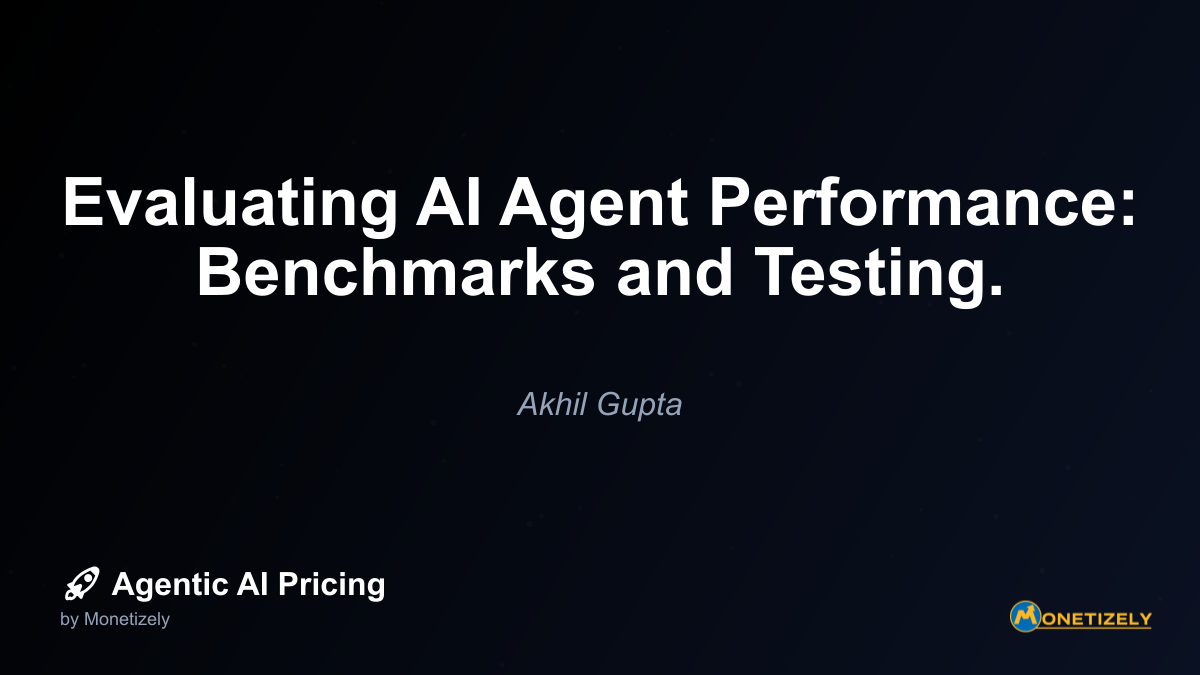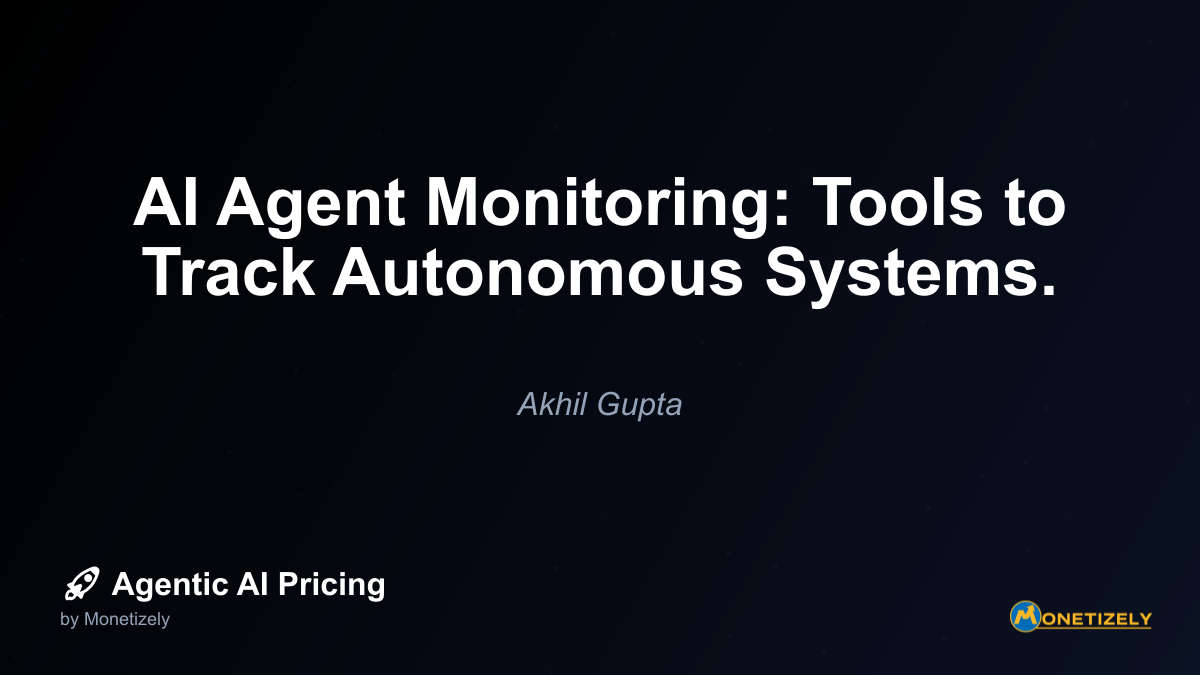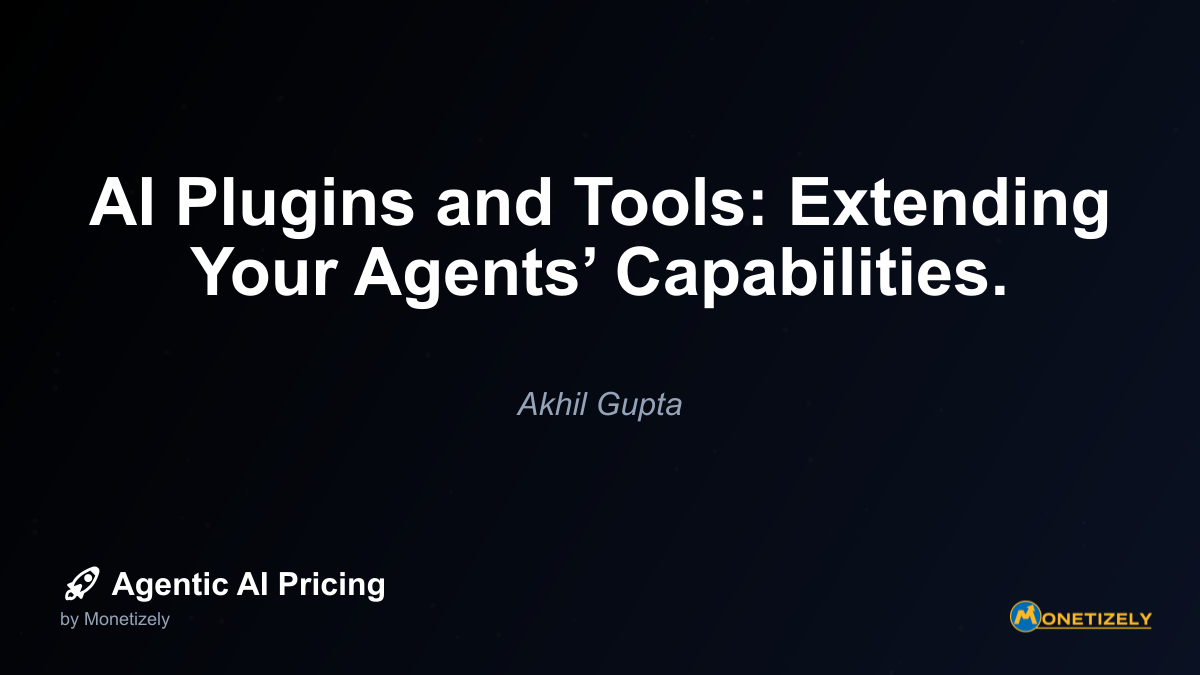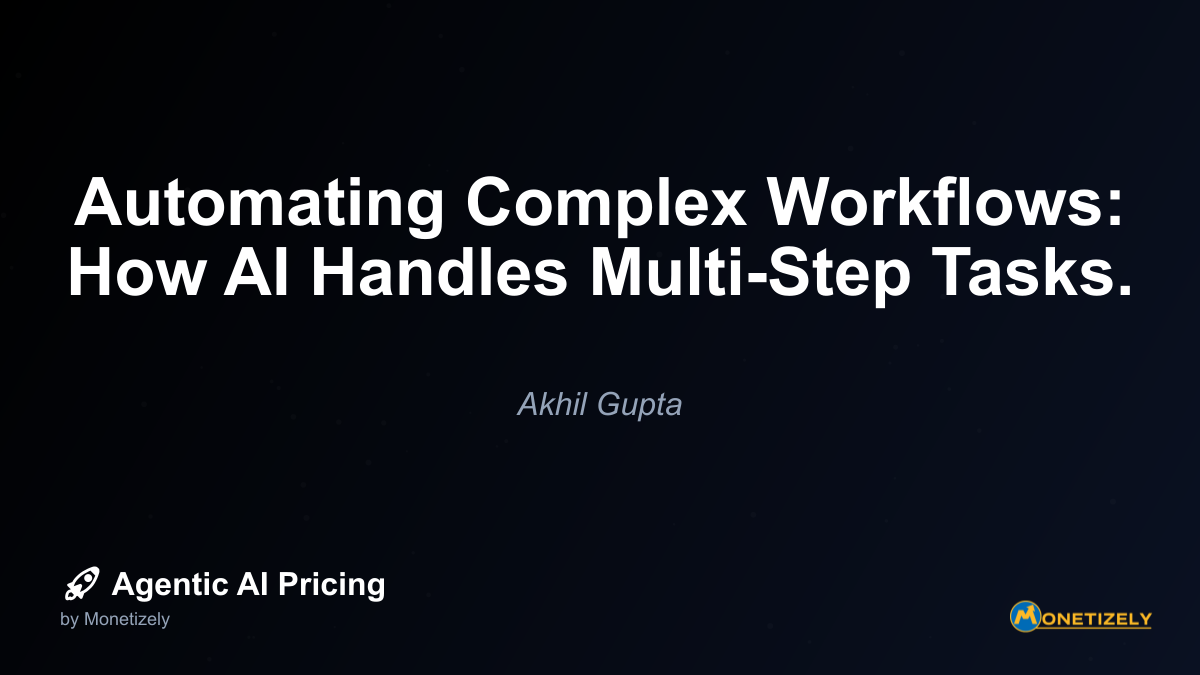· Ajit Ghuman · Technical Insights · 9 min read
Testing AI Solutions: From Sandbox to Production Rollout.
AI and SaaS Pricing Masterclass
Learn the art of strategic pricing directly from industry experts. Our comprehensive course provides frameworks and methodologies for optimizing your pricing strategy in the evolving AI landscape. Earn a professional certification that can be imported directly to your LinkedIn profile.
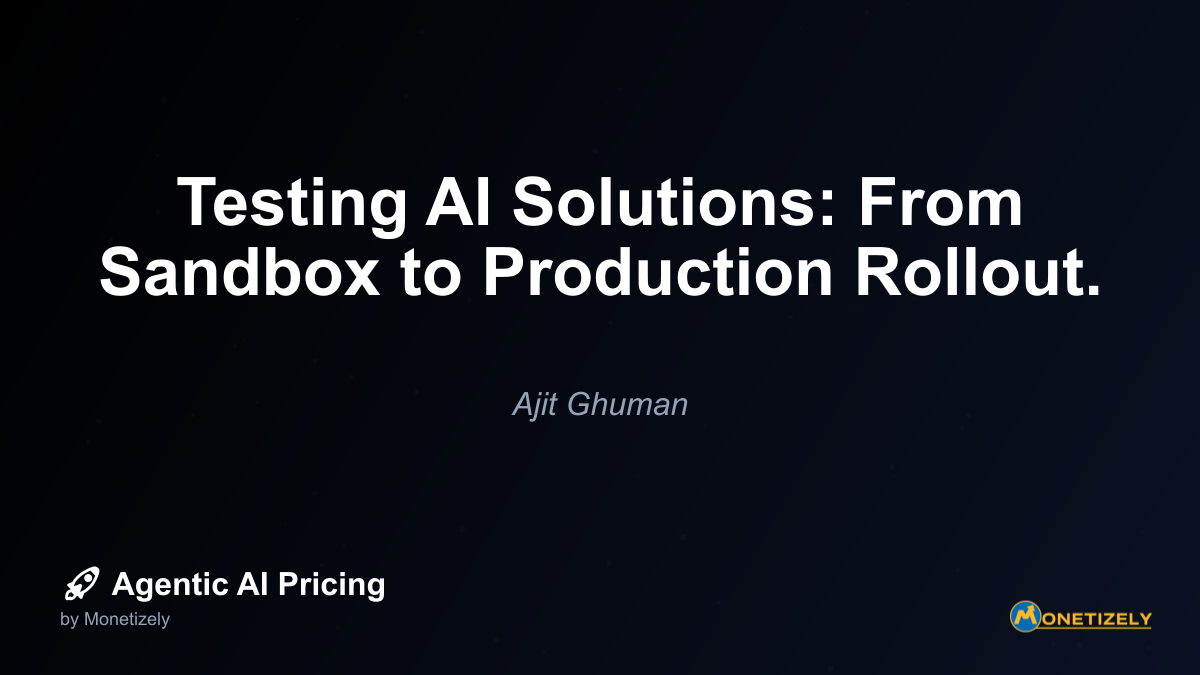
Common Challenges in AI Testing and How to Address Them
Despite a structured approach, organizations frequently encounter specific challenges when testing AI solutions. Understanding these common pitfalls can help you develop more effective testing strategies.
Challenge 1: Data Representativeness
AI systems are only as good as the data they’re trained and tested on. A common testing failure occurs when test data doesn’t adequately represent production conditions.
Solution: Implement data validation protocols that verify test datasets contain appropriate:
- Demographic diversity
- Edge cases and anomalies
- Seasonal variations
- Market segment representation
For pricing AI, this means ensuring your test data includes various customer types, product categories, market conditions, and competitive scenarios. The goal is to create test conditions that expose the AI to the full range of situations it will encounter in production.
Challenge 2: Evaluation Metric Alignment
Many organizations struggle to define appropriate success metrics for AI testing, particularly when business outcomes depend on multiple factors beyond the AI’s control.
Solution: Develop a multi-tiered evaluation framework that includes:
- Technical metrics: accuracy, precision, recall, latency
- Business metrics: revenue impact, customer satisfaction, operational efficiency
- Risk metrics: error rates, bias measurements, compliance violations
For pricing AI, evaluation metrics might include pricing accuracy compared to human experts, revenue optimization relative to baseline strategies, and customer retention impacts. The key is aligning technical performance with business outcomes.
Challenge 3: Feedback Loop Integration
AI systems require continuous improvement based on real-world performance. Testing frameworks often fail to establish effective feedback mechanisms that capture production insights.
Solution: Design closed-loop testing systems that:
- Automatically capture production performance data
- Compare actual outcomes to predictions
- Identify drift between test and production environments
- Feed production insights back into testing processes
This approach ensures your testing environment evolves alongside your production system, maintaining relevance even as market conditions change. For pricing AI, this might involve comparing predicted customer responses to actual purchasing behaviors and adjusting test scenarios accordingly.
Tools and Technologies for AI Testing
Effective AI testing requires specialized tools that address the unique challenges of evaluating autonomous systems. While specific tool selection depends on your organization’s technology stack, several categories of testing tools have proven particularly valuable for AI implementations:
Simulation Environments
Simulation tools create controlled virtual environments where AI systems can be evaluated without real-world consequences. Key capabilities to look for include:
- Scenario Generation: The ability to create diverse test scenarios based on historical data or synthetic conditions
- Parameter Control: Fine-grained control over environmental variables to test specific conditions
- Acceleration Capabilities: Options to run simulations faster than real-time to increase testing throughput
- Recording and Playback: Functionality to capture and replay specific test scenarios for regression testing
For pricing AI, simulation environments might model market responses to different pricing strategies, competitor reactions, or seasonal demand fluctuations. These tools allow testing teams to explore a wide range of scenarios that might be impractical or risky to test in production.
Monitoring and Observability Platforms
Once your AI moves beyond the sandbox, robust monitoring becomes essential for tracking performance and identifying issues. Effective monitoring tools provide:
- Real-time Performance Tracking: Continuous visibility into AI behavior and outcomes
- Anomaly Detection: Automated identification of unexpected patterns or behaviors
- Explainability Features: Tools that help interpret AI decisions and identify potential issues
- Alert Management: Configurable notification systems for performance thresholds
Monitoring platforms should be implemented across all testing phases, with increasing sophistication as you move toward production. For pricing AI, monitoring might track recommendation quality, decision latency, and business outcome alignment.
Testing Automation Frameworks
Manual testing cannot scale to meet the needs of complex AI systems. Automation frameworks help organizations maintain testing rigor while improving efficiency:
- Test Case Generation: Tools that automatically create test scenarios based on defined parameters
- Continuous Integration: Integration with development pipelines for automated testing on code changes
- Regression Testing: Systematic verification that new developments don’t break existing functionality
- Load and Performance Testing: Automated evaluation of system behavior under various throughput conditions
For AI pricing models, automated testing might include regression tests that verify pricing recommendations remain within acceptable bounds across various market conditions, or performance tests that ensure the system can handle peak transaction volumes.
Integrating Human Expertise in AI Testing
While automated testing is essential for scale, human judgment remains critical for evaluating AI systems, particularly in domains where contextual understanding and ethical considerations are important. Effective AI testing frameworks balance automation with human oversight.
Human-in-the-Loop Testing
Human-in-the-loop (HITL) testing incorporates expert evaluation at strategic points in the testing process. This approach is particularly valuable for:
- Edge Case Evaluation: Having experts review AI decisions in unusual or complex scenarios
- Quality Assurance: Periodic human validation of AI outputs to verify overall performance
- Ethical Assessment: Evaluating AI decisions against ethical standards and business values
- User Experience Validation: Ensuring AI interactions meet user expectations and needs
For pricing AI, HITL testing might involve having pricing strategists review recommendations for key products or market segments, or having sales teams evaluate how well pricing recommendations align with customer expectations.
Structured Feedback Processes
To maximize the value of human expertise, testing frameworks should include structured processes for capturing and integrating expert feedback:
- Feedback Categorization: Systems for classifying different types of human observations
- Severity Rating: Methods for prioritizing issues based on business impact
- Root Cause Analysis: Processes for identifying underlying factors in performance issues
- Improvement Tracking: Mechanisms for verifying that feedback leads to system improvements
These processes ensure that human insights are systematically incorporated into AI development rather than being treated as anecdotal observations. For pricing AI, this might include regular review sessions where pricing experts evaluate and provide structured feedback on the AI’s recommendations.
Building a Testing Roadmap for Your AI Solution
Developing an effective testing strategy requires careful planning that aligns with your organization’s broader AI implementation goals. A comprehensive testing roadmap should address both immediate testing needs and long-term quality assurance.
Phase 1: Foundational Testing Infrastructure
Begin by establishing the basic infrastructure needed to support systematic AI testing:
- Develop standardized test data sets that represent your target market
- Implement basic monitoring and logging capabilities
- Define initial success metrics aligned with business objectives
- Establish baseline performance benchmarks for comparison
This foundation provides the essential tools and processes needed to begin evaluating your AI solution in a controlled environment.
Phase 2: Sandbox and Simulation Testing Expansion
With basic infrastructure in place, expand your testing capabilities to include more sophisticated evaluation approaches:
- Develop comprehensive simulation environments that model complex scenarios
- Implement automated test case generation for increased coverage
- Establish formal processes for expert review and feedback
- Create regression testing protocols to maintain quality during development
This phase focuses on building depth and rigor into your testing processes before exposing your AI solution to real users or business processes.
Phase 3: Beta Testing and Limited Deployment
As your AI solution demonstrates reliability in controlled environments, prepare for limited real-world exposure:
- Develop clear criteria for beta participant selection
- Create structured feedback collection mechanisms for beta users
- Implement enhanced monitoring for real-world performance tracking
- Establish protocols for rapid issue response and remediation
This phase represents a critical transition point where testing moves beyond simulated environments to include real-world validation.
Phase 4: Production Scaling and Continuous Improvement
As your AI solution proves itself in limited deployment, develop processes for scaling to full production while maintaining quality:
- Implement automated performance monitoring across all production instances
- Develop protocols for continuous model evaluation and improvement
- Establish regular cadences for reviewing system performance against business objectives
- Create feedback loops between production observations and testing environments
This final phase focuses on maintaining and improving quality as your AI solution scales to meet its full business potential.
For pricing AI solutions, the testing roadmap might begin with evaluating basic pricing algorithms against historical data, progress to simulating market responses to different pricing strategies, continue with limited deployment for specific product categories, and culminate in full-scale implementation with continuous monitoring and improvement.
How Testing Frameworks Impact AI Pricing Models
For organizations implementing AI pricing solutions, testing frameworks play a particularly crucial role in determining both technical performance and business outcomes. Effective testing directly impacts several key aspects of AI pricing models:
Revenue Optimization
Thorough testing helps ensure that pricing recommendations actually drive revenue improvement rather than simply changing prices without business benefit. By testing pricing algorithms against historical data and in controlled environments, organizations can verify that AI recommendations outperform traditional approaches before implementation.
According to a recent study on AI pricing frameworks, companies that implement rigorous testing protocols for their pricing AI see an average revenue improvement 37% higher than those with limited testing approaches. This difference highlights how testing quality directly impacts the bottom-line performance of AI pricing systems.
Risk Mitigation
Pricing decisions directly impact revenue, customer relationships, and competitive positioning. Inadequate testing can lead to pricing errors that damage all three areas. Comprehensive testing frameworks help identify potential issues before they affect your business:
- Pricing anomalies that could alienate customers
- Recommendations that violate regulatory requirements
- Strategies that might trigger destructive competitive responses
- Biases that could create unfair pricing for certain customer segments
By identifying these risks during testing rather than after deployment, organizations can refine their AI pricing models to avoid potential business damage.
Implementation Confidence
Organizations often hesitate to adopt AI pricing solutions due to concerns about reliability and business impact. Robust testing frameworks build confidence by demonstrating performance under various conditions and providing clear evidence of business value.
This confidence enables faster adoption and more complete implementation of AI pricing capabilities. Rather than limiting AI to advisory roles or narrow product segments, organizations with strong testing practices can more quickly leverage the full potential of AI pricing across their business.
Conclusion: Building a Testing Culture for AI Success
Effective AI testing isn’t merely a technical process—it’s a cultural approach that recognizes testing as fundamental to AI success rather than a final validation step. Organizations that excel in AI implementation typically embed testing throughout their development and deployment processes.
Key elements of a strong AI testing culture include:
- Leadership Commitment: Executive support for thorough testing even when it impacts deployment timelines
- Cross-Functional Collaboration: Integration of technical, business, and domain expertise in testing processes
- Continuous Learning: Systematic approaches for incorporating testing insights into ongoing development
- Transparent Communication: Open sharing of testing results across teams and stakeholders
- Risk-Appropriate Rigor: Testing approaches tailored to the potential business impact of AI decisions
For AI pricing solutions, this culture is particularly important given the direct revenue impact of pricing decisions. By establishing testing as a core component of your AI strategy rather than a compliance checkbox, you create the foundation for successful implementation that delivers sustainable business value.
As you develop your testing approach for AI solutions, remember that the goal isn’t perfection before deployment but rather a systematic process that gradually builds confidence while managing risk. By following the phased testing approach outlined in this article—progressing from sandbox to simulation to beta to full deployment—you create a pathway for AI success that balances innovation with business protection.
The organizations that master this balance will be best positioned to capture the transformative potential of AI while avoiding the pitfalls that have derailed many promising AI initiatives. In the rapidly evolving landscape of AI pricing, effective testing frameworks aren’t just technical tools—they’re strategic assets that enable competitive advantage.
Co-Founder & CEO
Ajit is the author of Price To Scale, a top book on SaaS Pricing and is the Founder of Monetizely. Ajit has led and worked in pricing and product marketing at firms like Twilio, Narvar and Medallia. His work has been featured in Forbes and VentureBeat. Ajit regularly consults with software companies from Seed stage to post-IPO on pricing strategy. Ajit is also a highly-rated co-instructor for 'The Art of SaaS Pricing and Monetization' on Maven.
Pricing Strategy Audit
Let our experts analyze your current pricing strategy and identify opportunities for improvement. Our data-driven assessment will help you unlock untapped revenue potential and optimize your AI pricing approach.

